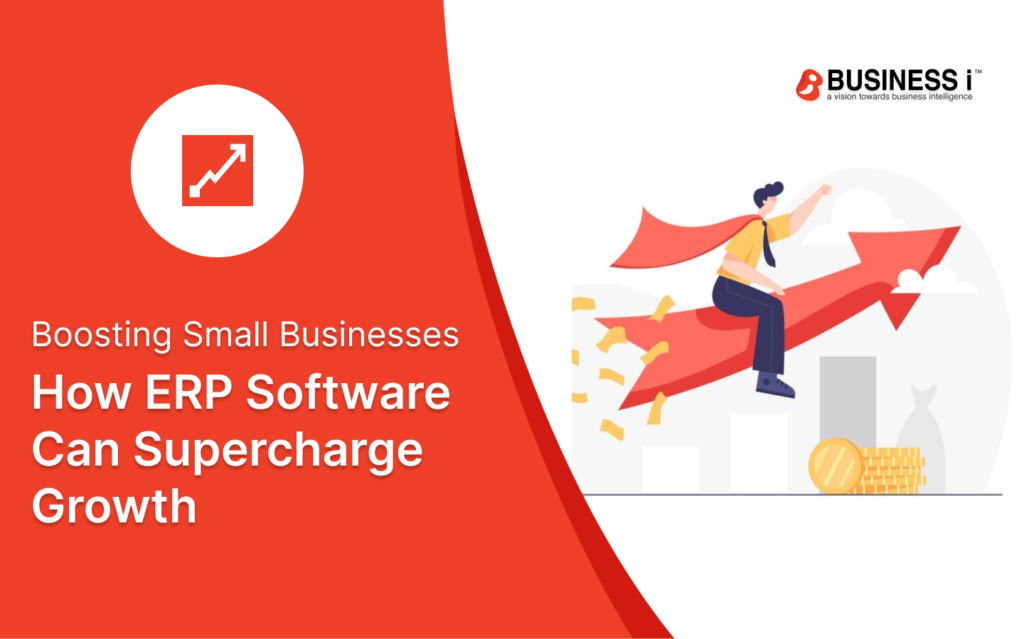ERP Inventory Management Software: What Is It?
ERP inventory management software is a piece of automated software that allows businesses to manage and monitor all facets of inventory on a single platform in addition to doing other ERP tasks. It encourages accountability and stock transparency within organizations.
It functions in a manner akin to a conventional ERP system. An inventory management ERP also places a strong emphasis on enabling users to track all inventory-related data of a business in real-time.
This enables companies to increase their profit margins, get rid of inventory problems, and concurrently and error-free track the status of orders, purchases, and ongoing transactions.
While lowering the need to invest in various systems and software for other routine tasks, ERP inventory management software also assists you in streamlining complex inventory procedures.
When Is ERP Inventory Management Software Needed?
Businesses of all sizes use ERP technology to organize a clear workflow for business activities and to maintain accurate records of inventory data. Let’s examine some situations when you would need to use ERP inventory management software:
1. You frequently run out of inventory:
Since it takes time to raise buy orders frequently and follow up with vendors if you frequently run out of goods it may take 3–4 business days to replace it. If the vendor is also out of stock or if there are complications with the delivery process due to transportation, this wait can grow much longer.
2. It is difficult to track inventory:
Monitoring inventory hour by hour is the last thing you want to be focusing all of your time on as an SME manufacturing company that is going up rapidly. However, you cannot abandon inventory management and rely solely on dispersed software solutions.
Additionally, it takes time to manage third-party vendors and the sourcing of raw materials when you manufacture a variety of goods. You risk losing track of your current inventory position without an inventory-integrated ERP application, which could result in inaccurate order placements and large financial losses.
3. Excel is holding you back from excelling:
Excel may be a useful tool for some tasks, but controlling all of your company’s operations through it is undoubtedly not the most effective choice. You can’t use it to centralize and automate every task to save overhead expenses.
4. dissatisfied customers:
Repeated inventory issues can cause delays in manufacturing and order fulfillment, which can make customers dissatisfied. It’s critical to maintain thorough inventory control if you want to satisfy market demand for your products.
ERP Inventory Management Systems Benefits
You may eliminate unforeseen production issues and organize your inventory with the aid of an ERP inventory management system. What more can you accomplish with an inventory management ERP, though? Consider all of its advantages:
Integration:
To make all of your company’s data easily available throughout the organization, an ERP system unifies it all into a single platform. This promotes collaboration among staff members and teams, allows for data-driven approvals, and guarantees that management can always access all data.
The integration of various industrial processes with inventory by an ERP system allows a smooth flow of information and stock-related inputs.
Inventory control:
The main advantage of an ERP inventory management method is that it aids in analyzing the availability and inaccessibility of raw materials needed for manufacturing without requiring extensive follow-ups. You won’t ever run out of stock again with this tool!
Documentation automation
Each stage of inventory management requires the preparation of a unique document, such as purchase orders, sales orders, GST-compliant invoices, and others.
Your personnel may spend a lot of important time manually preparing these each time. You may quickly develop these with the aid of an ERP.
Aids in decision-making
Real-time access to critical inventory and other data is provided through an integrated ERP and inventory platform. Management can make decisions about what is working for them and plan their business goals for the upcoming months with a quick check at the numbers.
improved client services
Meeting customer expectations is the most crucial criterion for a firm. Since we live in a customer-centric era, it is crucial for businesses to concentrate on their customers’ complete journey with them.
To gain a competitive edge by using an inventory ERP. Try Business i, a software created for Indian SME manufacturers, when searching for ERP inventory management software. It aids in cost reduction and increases overall business productivity!


